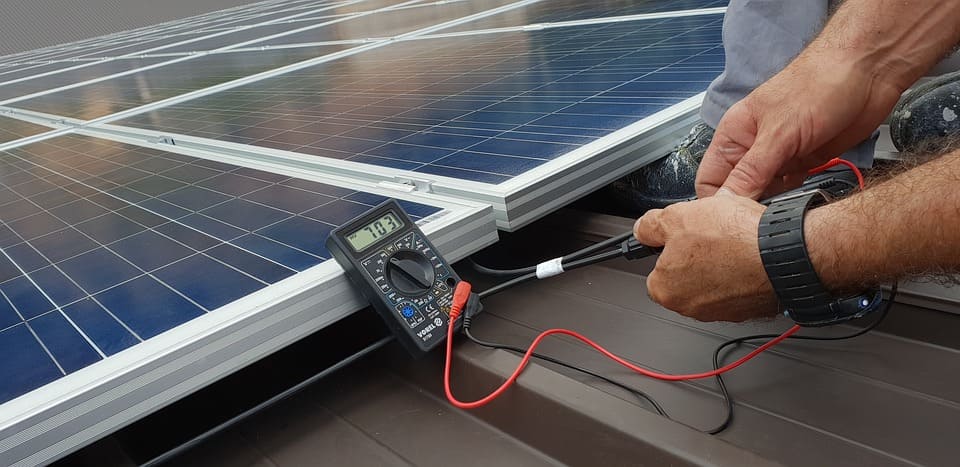With the popularity of solar panels, more homeowners and businesses are investing in solar battery systems to store their energy for use during non-sunny periods. While the benefits of solar battery installation are numerous—ranging from energy independence to significant cost savings—there are also common challenges that can arise during the installation process.
Here are the top 5 common problems faced with solar battery installation:
5 Problems With Solar Battery Installation
1 Location and Safety Zones
When installing solar battery systems Alice Springs, the placement of it is a very crucial factor. Batteries should not be placed in or directly adjacent to habitable areas unless the surface is approved as fire-safe. Also, it is important to adhere to strict guidelines for exclusion zones and create places that are fireproof around batteries.
Tile, brick, terracotta, or any other substance that is tested to meet AS1530 are fire rates and are good choices for battery installation surfaces.
2. Battery Labelling and Documentstation
The next solar battery installation problem is the the absence of accurate labelling, sinage and documentation. Precise identification of equipment and clear instructions are necessary for emergency responders and maintenance personnel – at the same time, they are crucial for in-detailed inspections.
You should ensure that your Darwin solar battery has proper toxic fume warning labels, green circular ES labels, the battery’s chemistry code, and a safety data sheet (SDS).
Maintaining this information is vital when dealing with emergency responders as well as when assisting electricians with maintenance and troubleshooting.
3. Overcurrent Protection Devices and Cable Sizing
One of the most recurring challenges with solar battery installation is navigating cable sizing and overcurrent protection. If you get it wrong, it can lead to multiple problems like overheating, a drop in voltage and adjustments on solar power & battery systems Darwin, NT. Australian Standard 5139:2019 makes sure that there resides an alignment between \cable sizes and overcurrent protection devices.
With residential solar installation, the installers must make sure that The overcurrent device is sized to at least match the capacity of the battery. The cable should then be sized to match.
4. RCD Protection for Backup Circuits
One of the aspects that is often overlooked in solar battery installation is protecting the backup circuits by incorporating Residual Current Devices (RCDs). RCDs play a very important role in protecting users frm electric shocks. As per the standards, this protection is necessary, and inspectors should always verify it during inspections.
It is important to remember that all circuits designated as backup circuits, no matter how they were initially configured, must have an RCD. It does not matter if the circuits were originally protected by RCDs or not. Installers often overlook this oversight. It is essential that RCDs are meticulously incorporated into the backup circuit.
5. Mehanical Protection of Batteries
If you have a solar battery, perrving its physical integrity is very important. Some batteries require protective bollards. With this solar battery installation, It is important to remember that protective measures must be taken if even the slightest possibility exists of an impact on a battery by a car. It is best to be cautious when taking a proactive approach.
Connect with OneRoof Solar for expert solar battery installation today!







